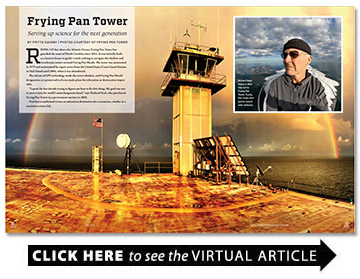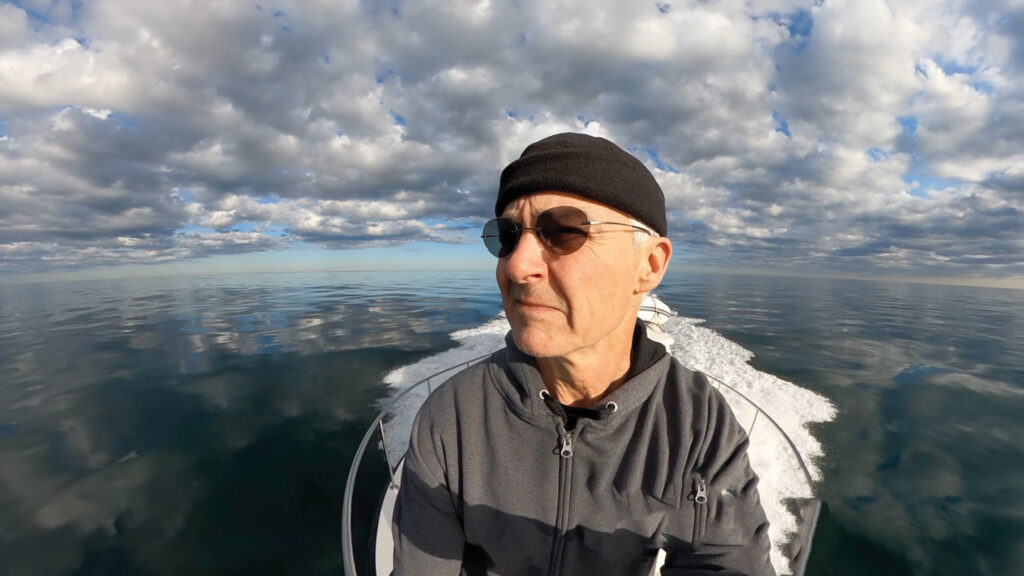Frying Pan Tower
Serving up science for the next generation
BY Fritts Causby
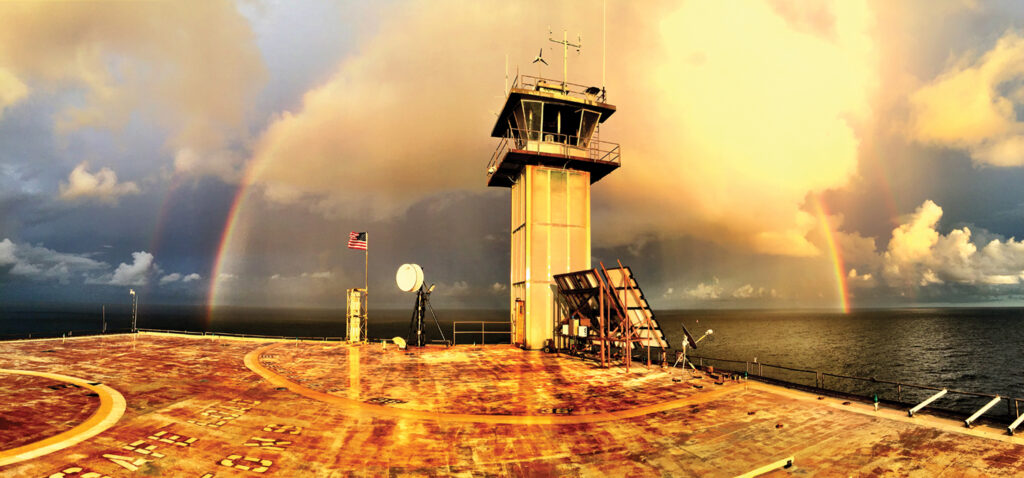
Photos Courtesy of Frying Pan Tower
Rising 135 feet above the Atlantic Ocean, Frying Pan Tower has guarded the coast of North Carolina since 1964. It was initially built as a lantern house to guide vessels seeking to navigate the shallow and treacherous waters around Frying Pan Shoals. The tower was automated in 1979 and maintained by repair crews from the United States Coast Guard Station in Oak Island until 2004, when it was abandoned.
The advent of GPS technology made the tower obsolete, and Frying Pan Shoals’ designation as a protected reef area made plans for relocation or destruction impossible.
“I spent the last decade trying to figure out how to fix this thing. My goal was not to turn it into the world’s most dangerous hotel,” says Richard Neal, who purchased Frying Pan Tower in a government auction in 2010.
Neal has transformed it into an adventure destination for ecotourists, similar to a maritime science lab.
“I realized the best way to fix it was to give it away, so I divested my ownership,” says Neal, who serves as executive director of the nonprofit focused on restoring the tower.
The tower provides opportunities for education and environmental research. Underwater cameras stream wildlife on YouTube, creating viewing opportunities for a variety of species, from sharks and barracudas to sea turtles, jellyfish and whales.
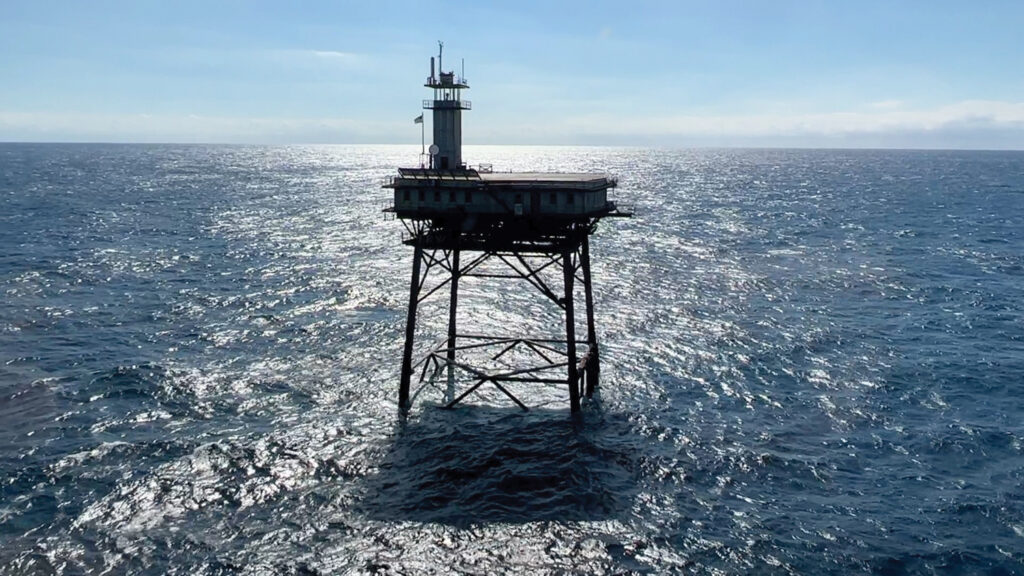
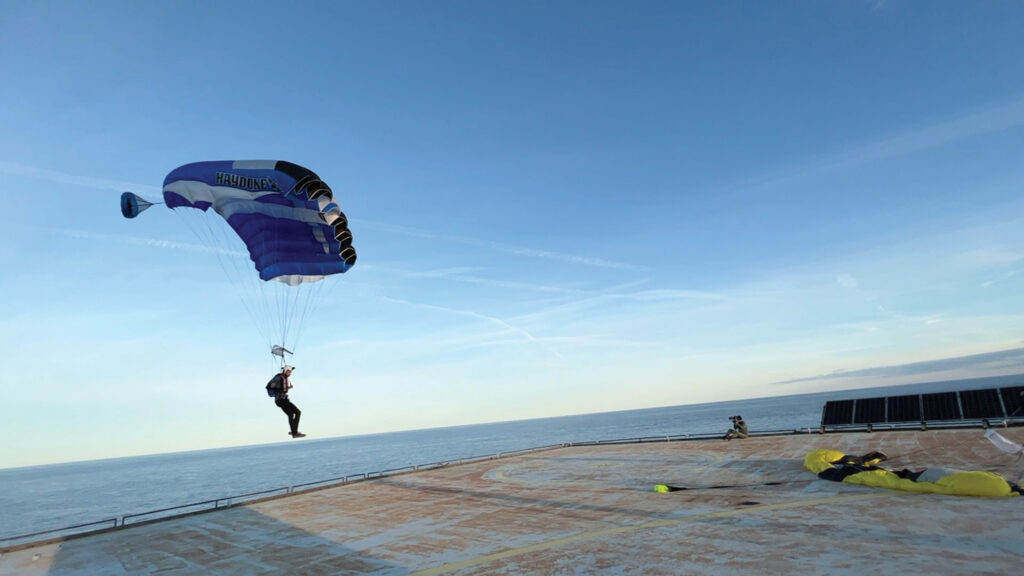
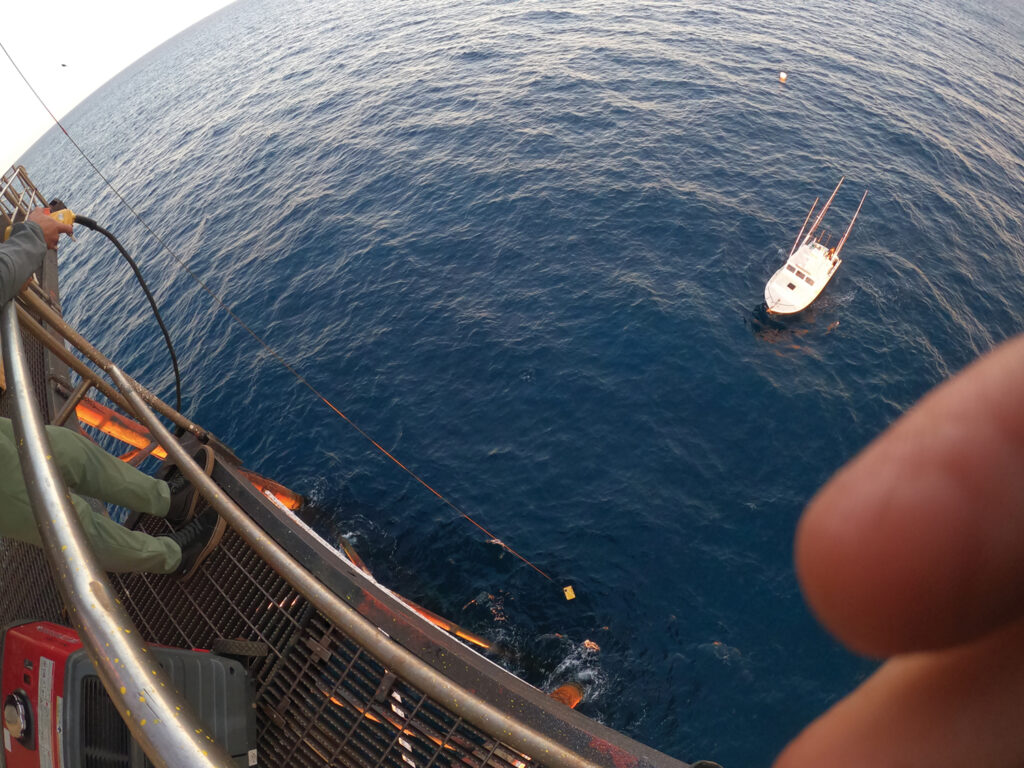
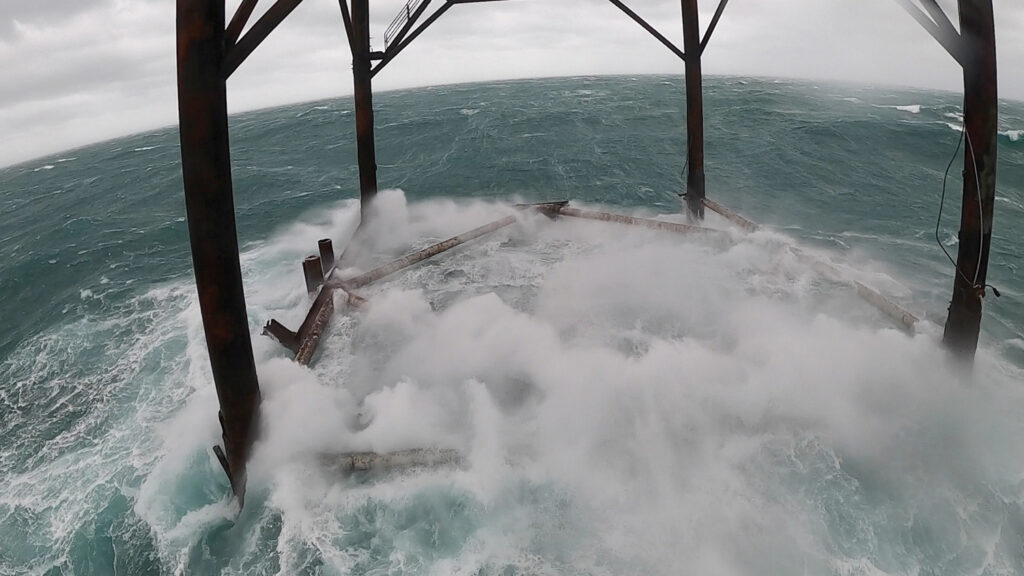
One of the more interesting forms of wildlife Neal has spotted was a massive school of shrimp.
“We had a large number of shrimp come to the surface and snap and pop in unison, creating this amazing bioluminescence, this cool blue on the sea surface, all at the same time,” he says.
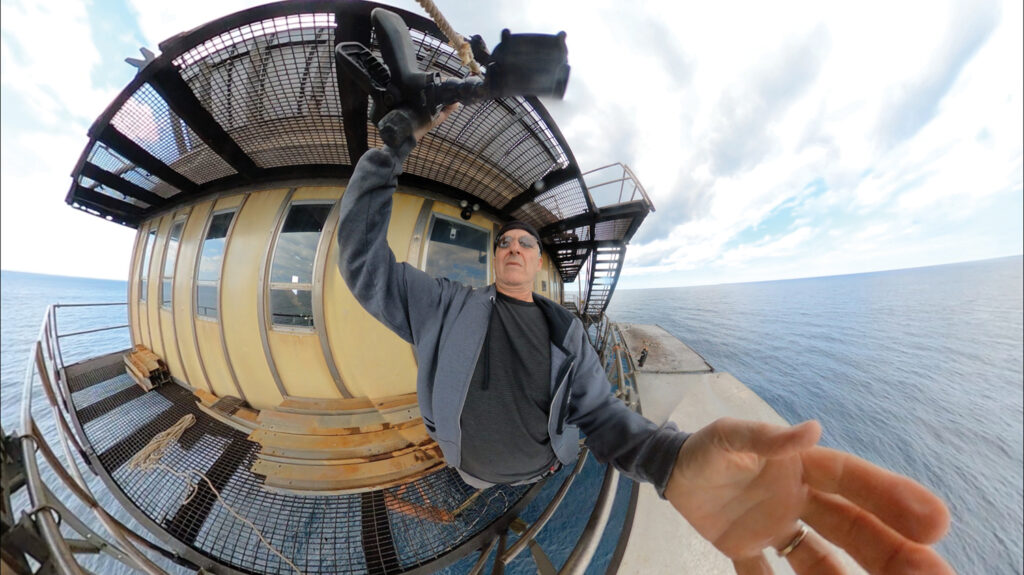
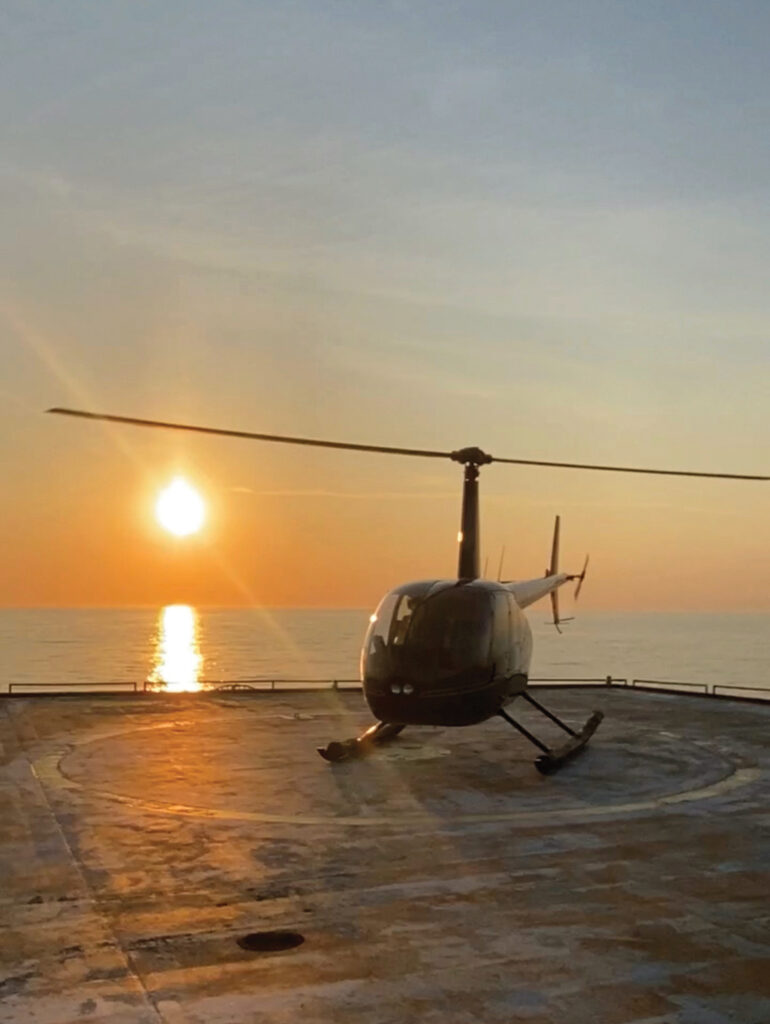
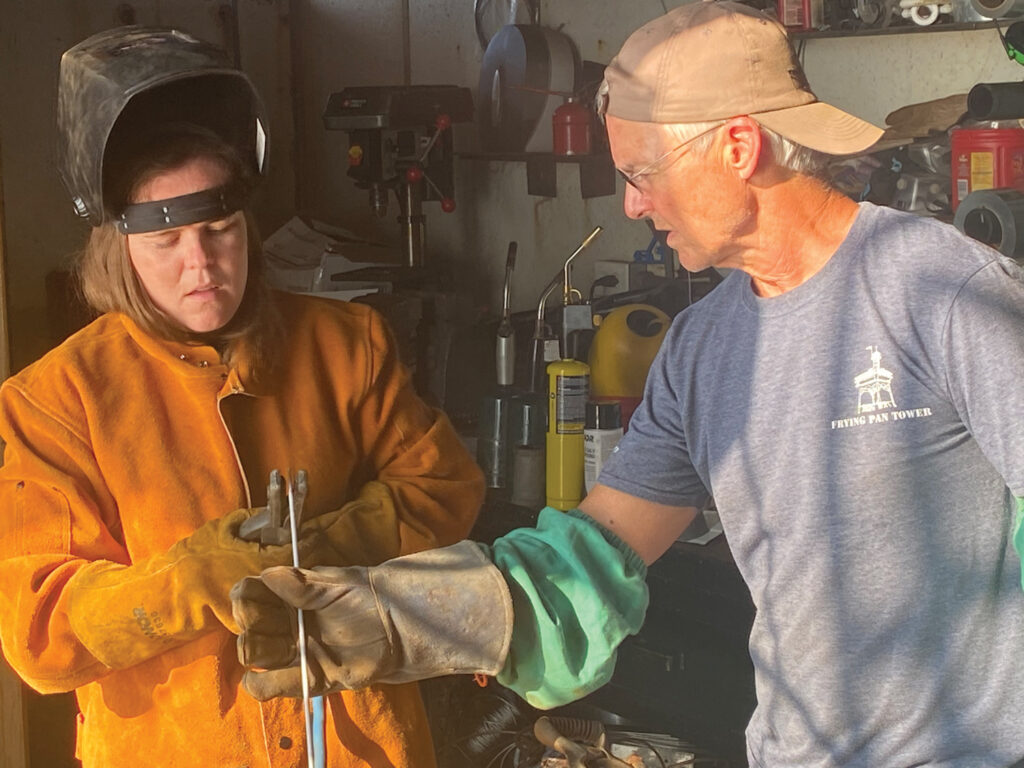
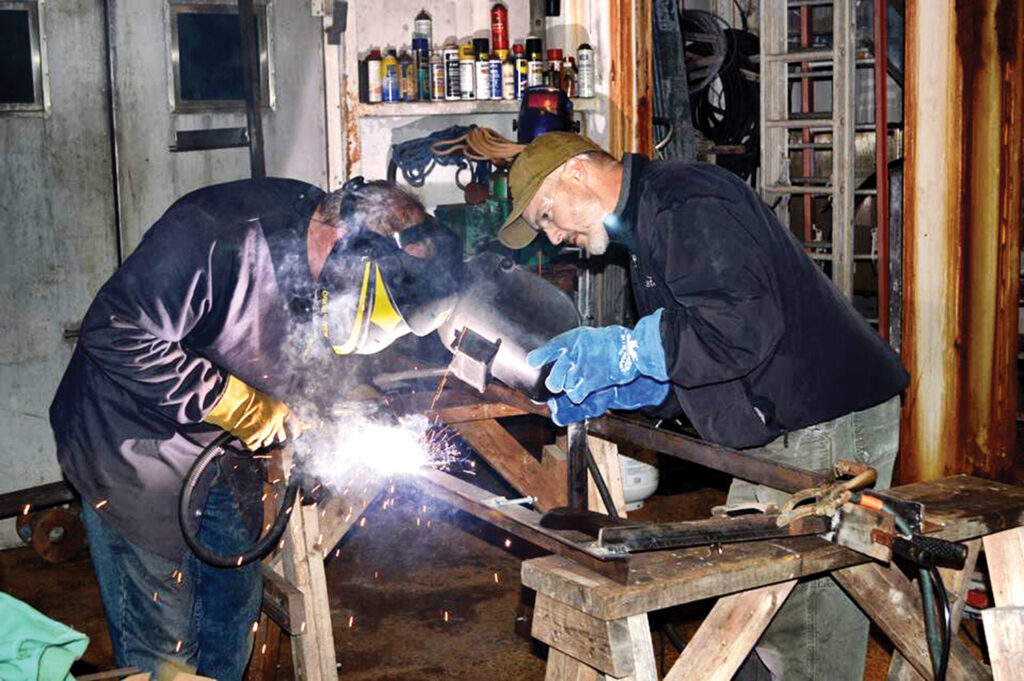
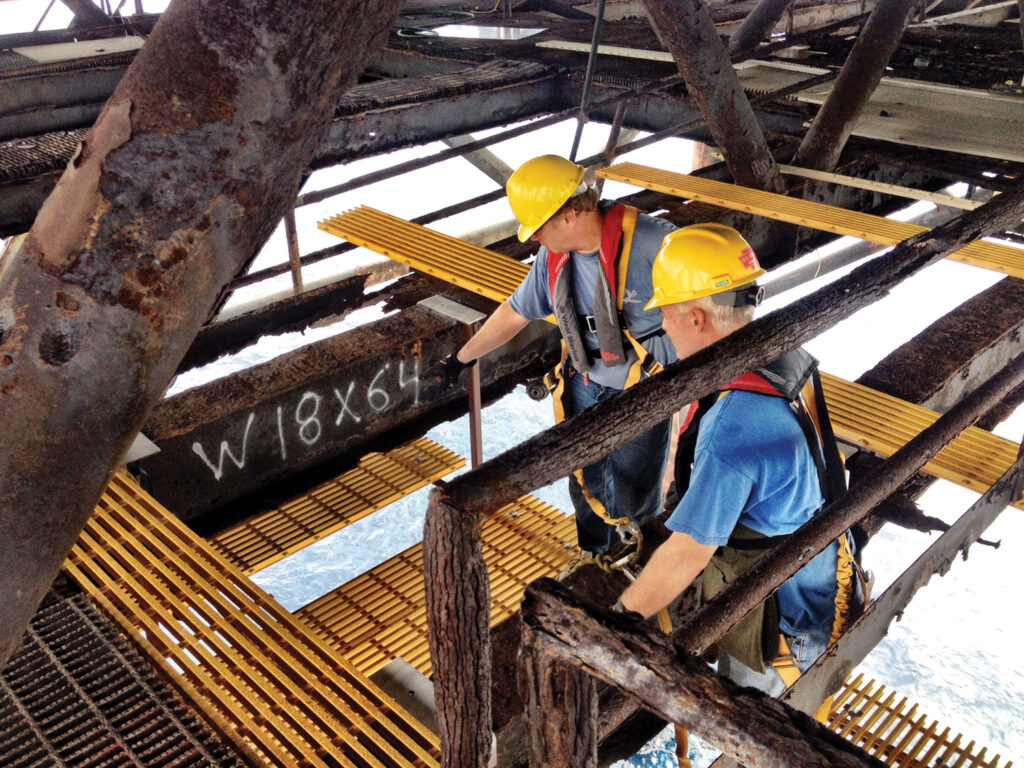
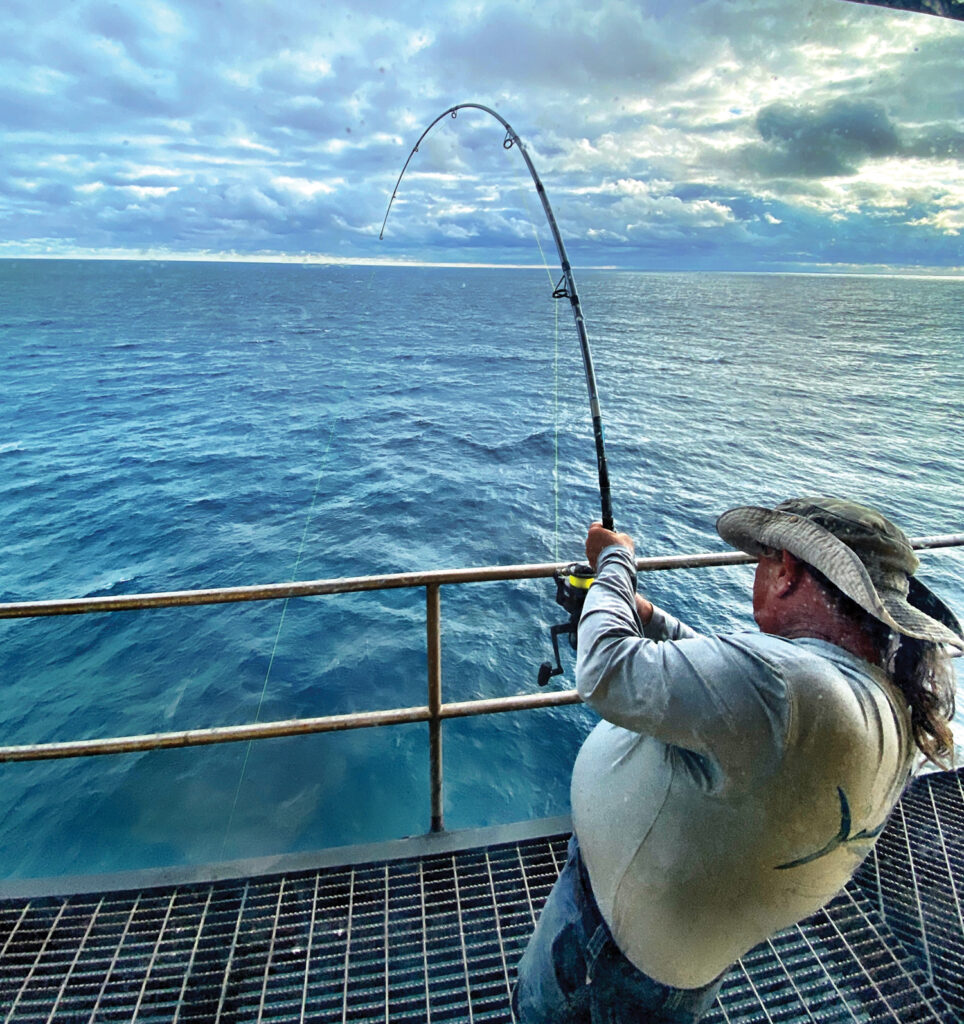
The tower is primarily powered through wind and solar, though Neal uses a generator to help during times of additional need. There is a filtration system for potable water and an indoor garden that uses hydroponics to produce fresh vegetables. Visitors can fish, go scuba diving and snorkeling, hit biodegradable golf balls off the deck, watch movies and play games.
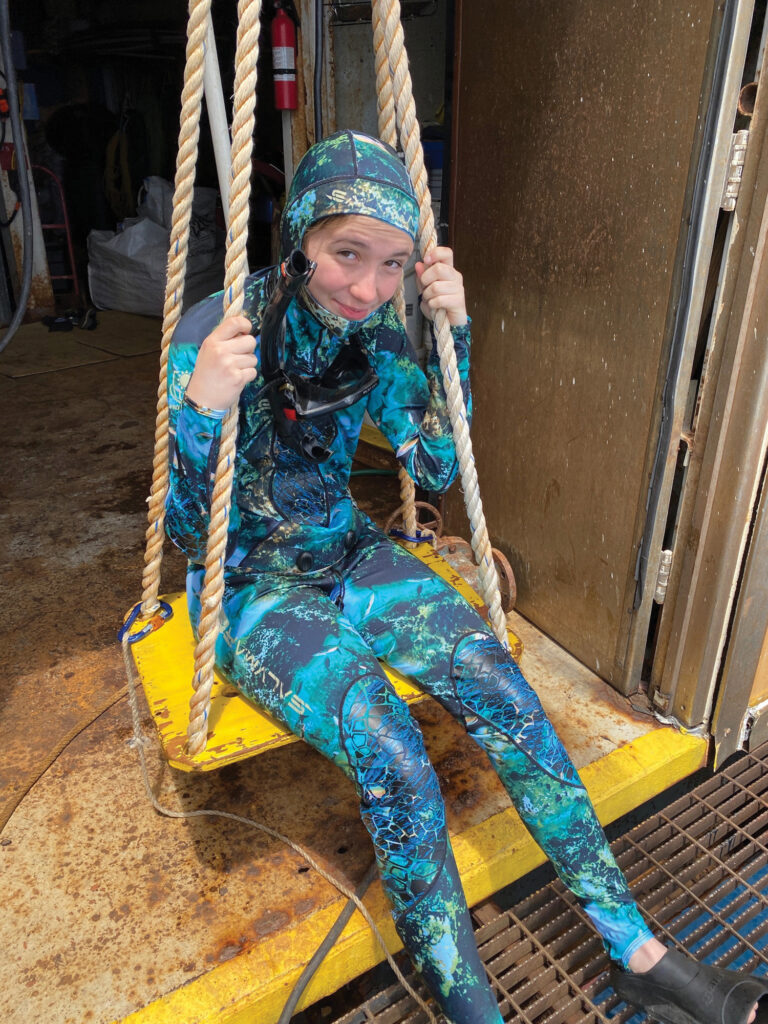
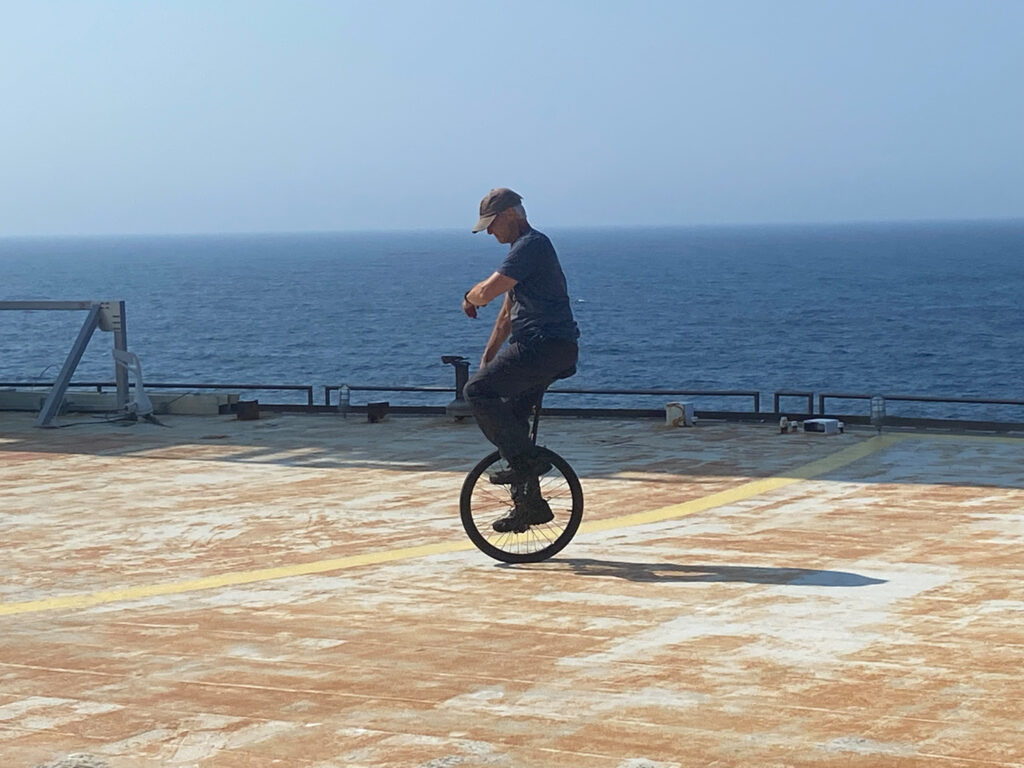
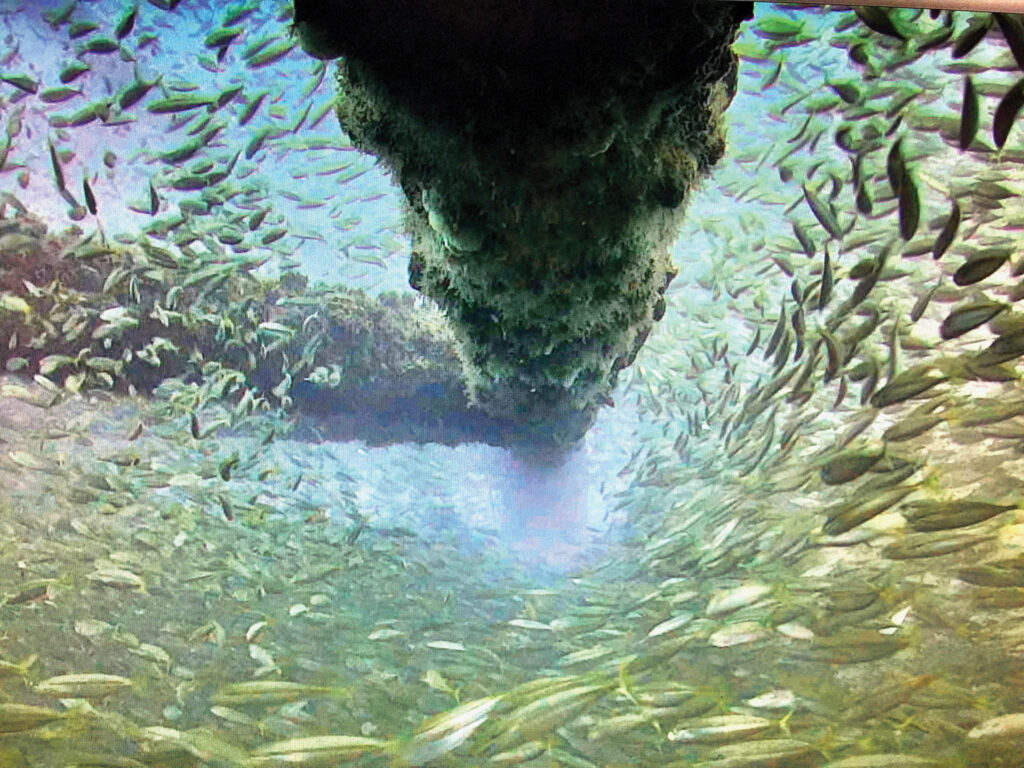
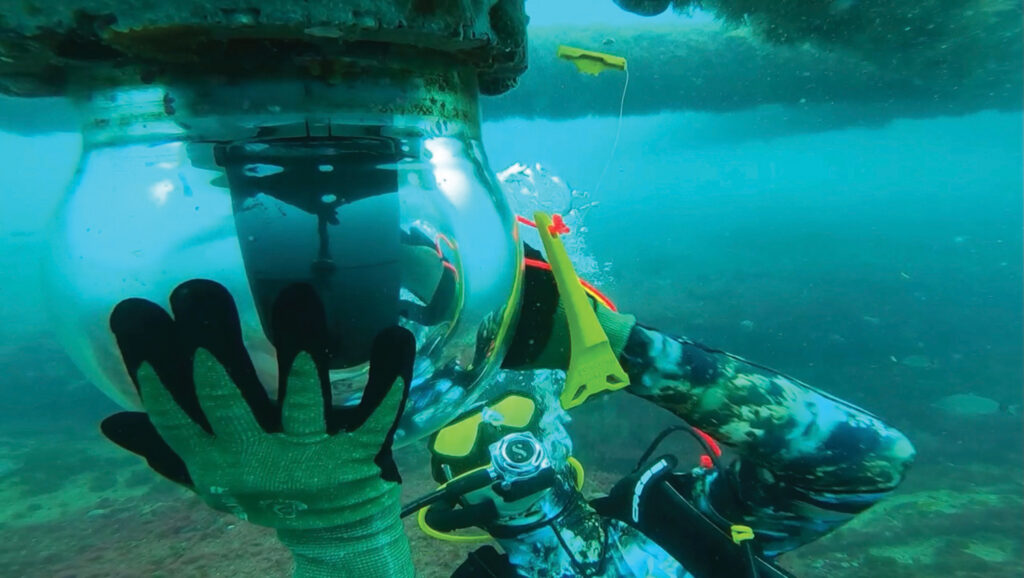
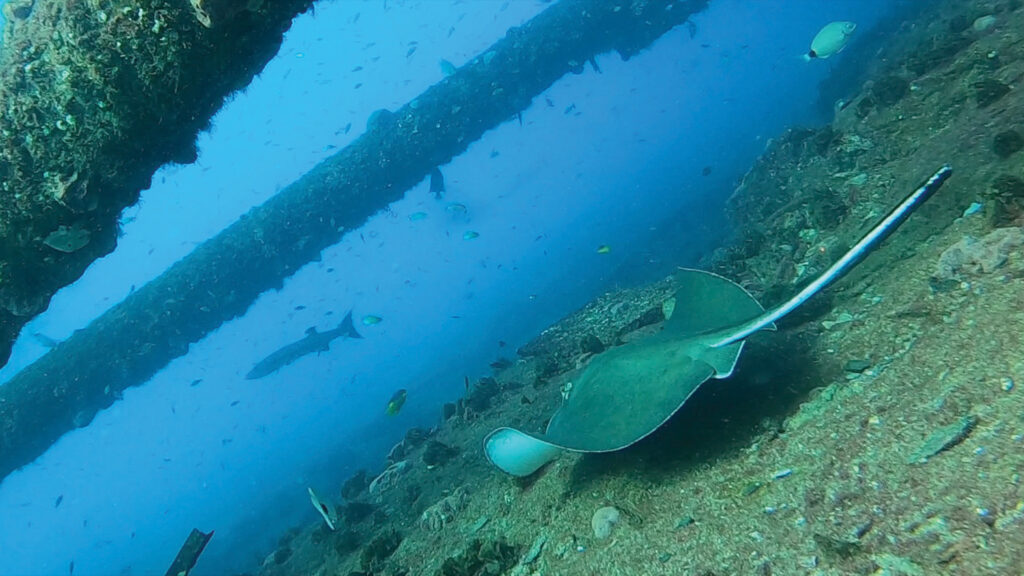
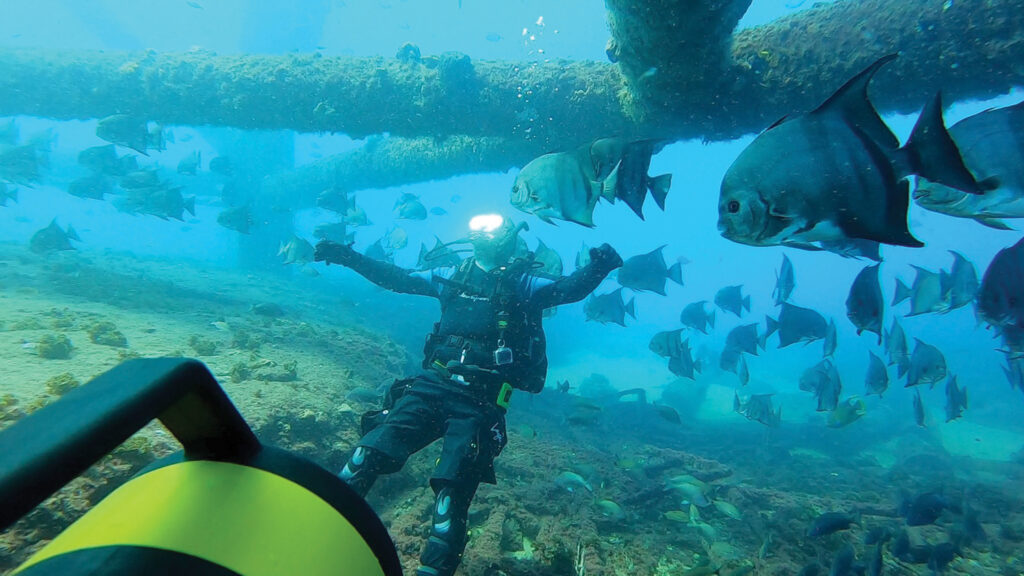

With very little light pollution, the Milky Way and Venus are on display on clear nights. To see the light show in person, it’s possible to volunteer and help with restorations. The tower can also be supported through donations, buying merchandise, or weekend-long adventure tours.
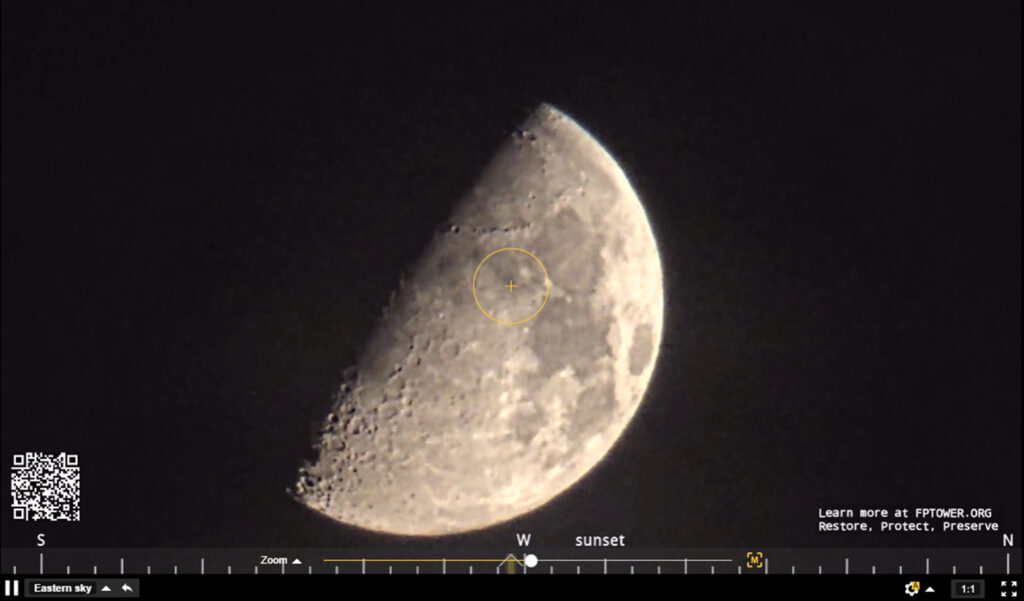
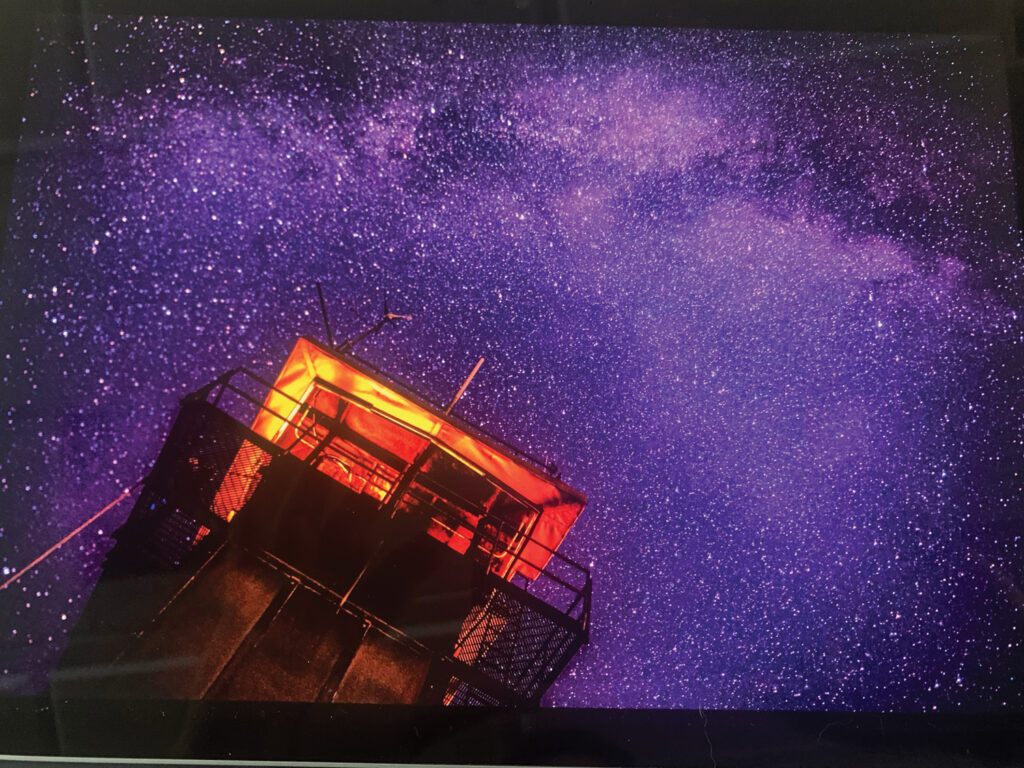
“The best thing I can do is get the next generation excited about it. If I do my job, then I will end up working my way out of a job,” laughs Neal. “My hope is the next generation takes this and runs with it.”
